"Fiat flogged just 751 Barchettas during the decade or so the model was on sale in the UK. It wasn’t popular between 1995 and 2006 because it only came in left-hand drive – and power went to the front wheels. That put us "

Classic Convertibles
Above Me Only Sky...
Winter. A tepid sun plays hide and seek in a blanket of grey. The days are short, cold, wet. Summer seems light years away. And that makes it the best time to buy a convertible.
Think about it: prices are at their lowest and sellers at their most accommodating. Besides, why spend your time dreaming of sitting at the wheel of a classic soft-top, roof down, listening to nature’s music as you wend your way along sun-dappled roads when you could be taking the first step towards turning that dream into reality?
And it’s not as if you’re strapped for choice. Quite the reverse, in fact. So to help you out we’ve selected four very different soft-tops with one thing in common: they’re all guaranteed to put a smile on your face, even when the sky is grey. After all, there’s no ceiling on the amount of fun you can have in a classic convertible.
TVR 350i (1983 to 1989)
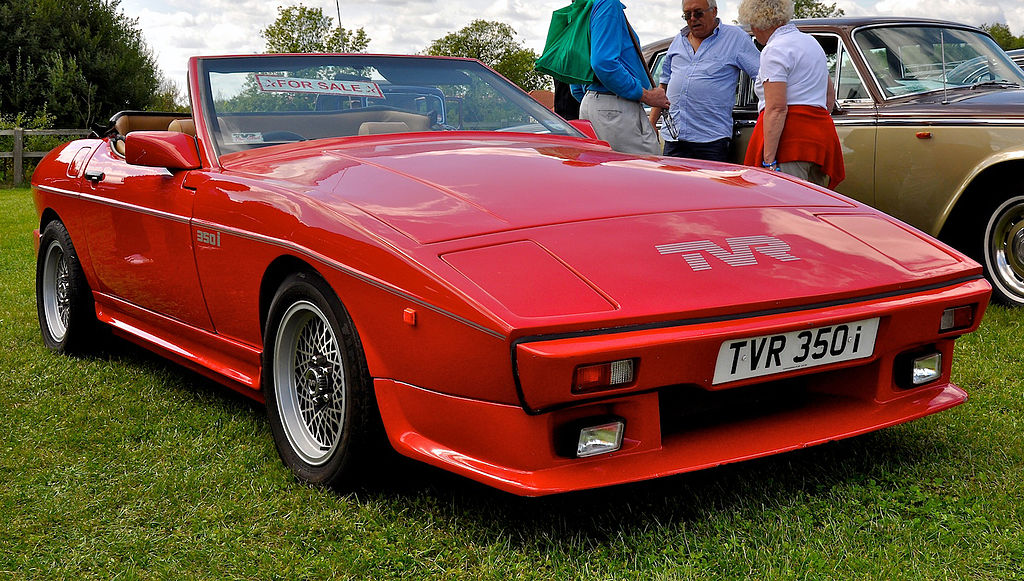
Summer has its own great traditions: the thwack of leather on willow, European air-traffic control strikes, the annual all-Britain roadworks championship and the obligatory ‘Phew, what a scorcher!’ headline if the temperature somehow manages to creep above 69 degrees Fahrenheit for more than an hour.
And in spite of its crisp, modernist lines (courtesy of Oliver Winterbottom, who also styled the similarly wedge-shaped Lotus Elite and Eclat), roadsters don’t come much more traditional than the TVR 350i. It’s the epitome of hairy-chested, wind in the teeth, flies in the hair motoring: a V8-powered bruiser that offers nothing in the way in of driver aids and everything in the way of driver enjoyment.
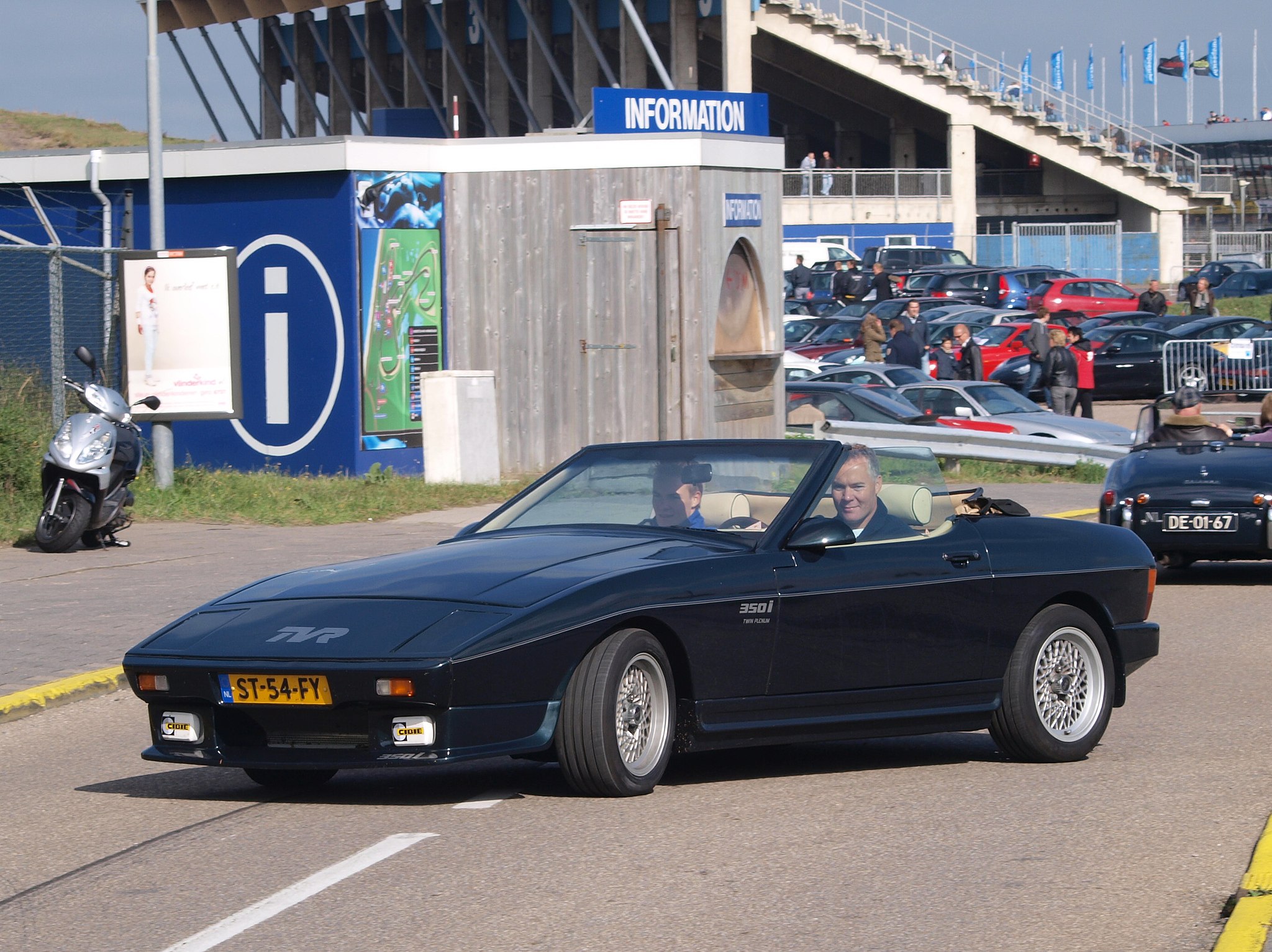
Launched in 1983 as a big brother to the Ford V6-engined Tamsin 280i, the 350i features the well-proven 3528cc Rover-Buick V8. And although its output of 190bhp (later versions have 197bhp) is mediocre by modern standards, it’s sufficient to take the 350i to a top speed of over 135mph and dispense with the 0 to 60 sprint in around 6.5 seconds. In-gear acceleration is also good, thanks to the engine’s flexibility and a healthy dollop of torque.
And then there’s the sound: a guttural growl that becomes a roar as the revs rise. Back in the day, it wasn’t uncommon to see a 350i blast through a tunnel then turn around and charge back through it in the opposite direction. Indeed, legend has it that some 350i owners moved house just to live close to a good tunnel…
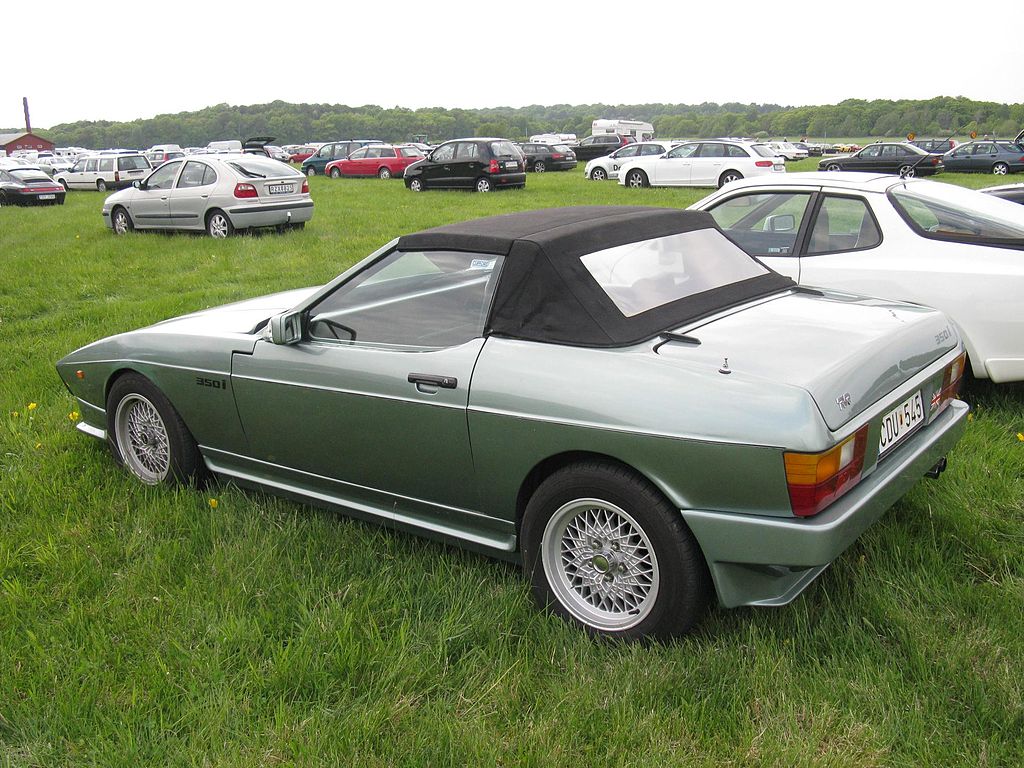
The chassis is pretty good too. On dry roads, a 350i tends to go pretty much where it’s pointed unless its driver decides to play silly beggars with the throttle in the middle of a corner, in which case the tail will come out to play. Fortunately, it’s fairly easy to bring it back into line again, thanks to the 350i’s inherent balance. Needless to say (but I’ll say it anyway) rather more care is needed on damp or wet surfaces. PAS was an optional extra so most 350is come with steering au naturale. Consequently, it’s heavy at low speed, but on the plus side you’ll be able to sport the Popeye look without spending a fortune on gym fees!
The cabin looks comfortable enough, although the dash appears to have been styled by a Brutalist architect on his day off. Finding a comfortable driving position can, however, take a little time and taller drivers will note that there isn’t an overabundance of headroom with the roof up. That said, chances are that you’ll be driving al fresco almost all of the time.
Which leads us nicely to the 350i’s roof. Correction, the 350i’s very clever roof. Instead of a conventional folding soft-top, TVR opted for a two-piece roof. The front section of the roof is rigid whereas the rear section is a more traditional folding design. And as the front section can be removed with the rear section still in situ, it turns out that the 350i is both a convertible and a targa.
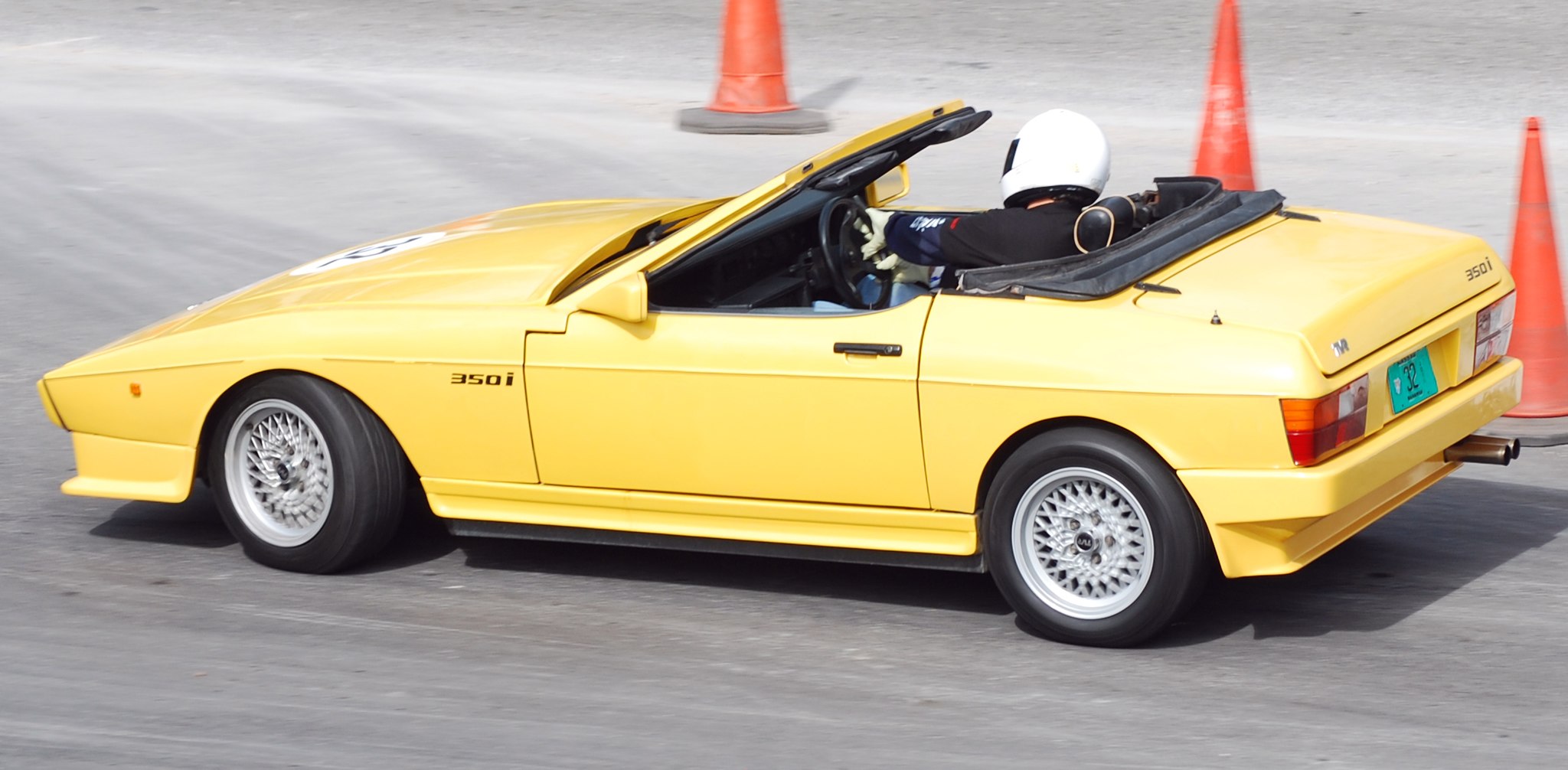
So far, so good. But the best news is yet to come: it’s possible to pick up a 350i for a sensible price. With some patience and good negotiating skills, a decent example can be yours for under £5000. Mind you, they aren’t exactly thick on the ground and care needs to be taken to ensure that you’re not buying someone else’s problems. So be sure to do your homework before taking the plunge.
Fiat Barchetta (1995 to 2005)
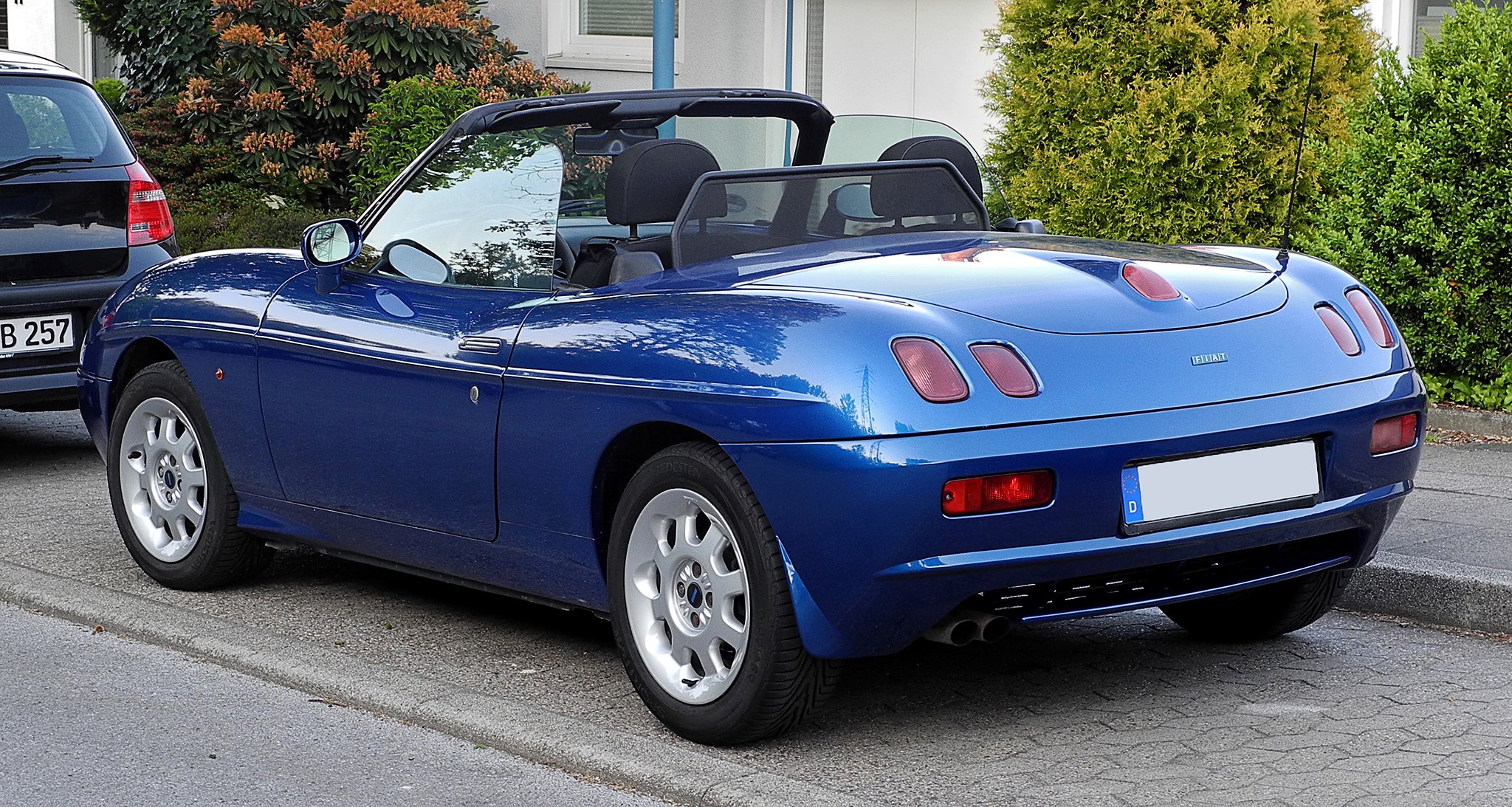
The 1980s and early 90s were fallow times for lovers of Fiat roadsters, for the company that had given the world the 850, Dino and 124 Spiders had somehow contrived to abandon the roadster market, leaving only the ageing, targa-topped X1/9 to carry the torch.
The arrival of the Barchetta in 1995 was therefore greeted with much joy. And, thanks to its front-wheel-drive configuration and Punto underpinnings, not a little surprise.
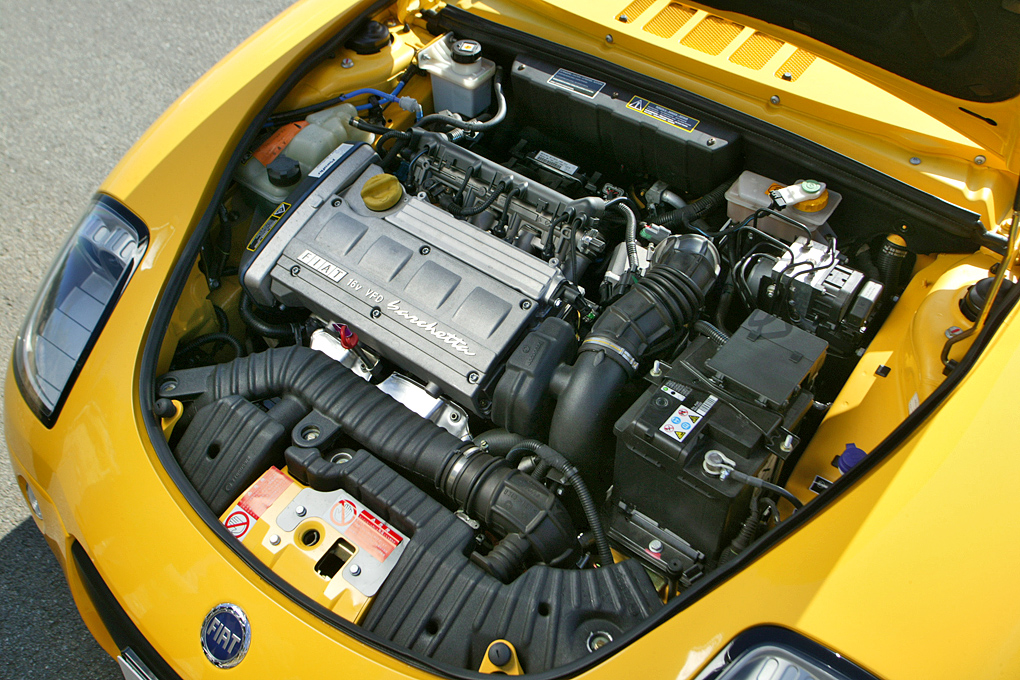
As it turned out, Fiat had taken a leaf from Lotus’s book and any concerns about the Barchetta’s drivetrain layout were quickly allayed. Likewise, it only took a stint behind the wheel for any lingering reservations about its Punto underpinnings to be cast aside.
There was, however, one small fly in the ointment for UK buyers – then and now – the Barchetta was only ever built in LHD form. So unless you’re able to track down one of the handful of aftermarket RHD conversions that exist, you’ll be driving from the left seat. That said, it’s something that you should be able to adapt to in short order. Yes, overtaking is a mite trickier than in an RHD car, but having to take a little more care about making a passing manoeuvre can never be a bad thing, can it?
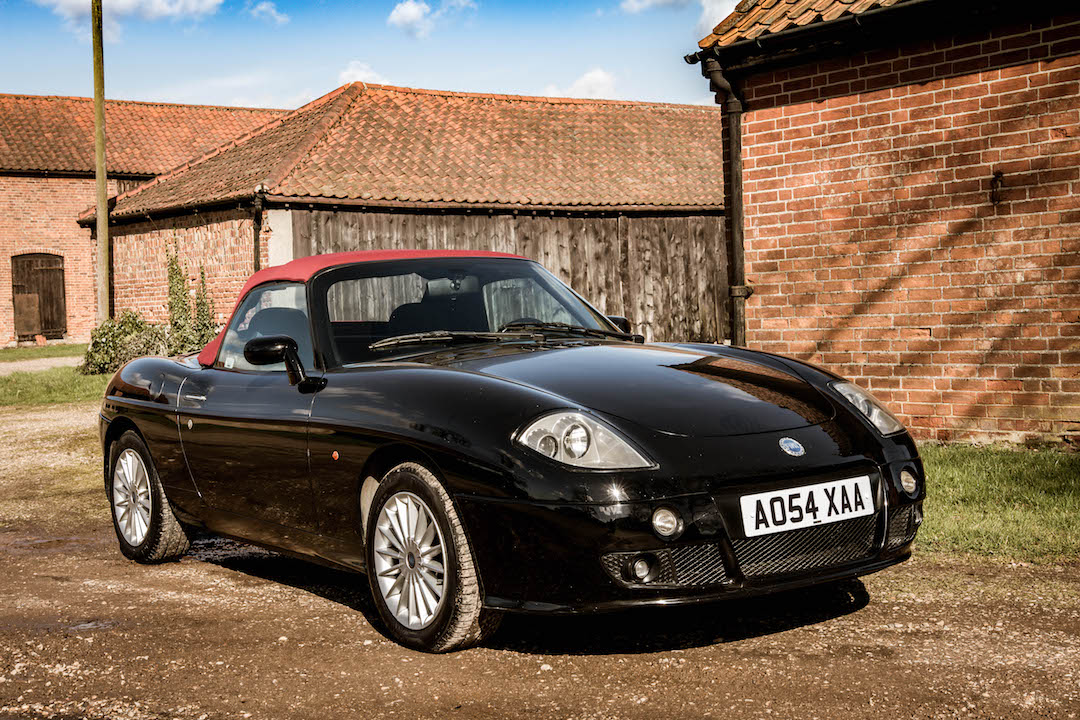
If you can get over the fact that it’s LHD (and you should), there’s much to commend the Barchetta. It looks great in both original and facelifted guises (it received a light makeover that coincided with Fiat taking over production duties from Maggiora in 2003), although the earlier shape tends to be the more popular.
Minor styling changes apart, both versions share the Barchetta’s key features: a good, decidedly un-Italian driving position, a compact but not cramped cabin (thanks in part to the lack of a transmission tunnel) and a very competent chassis.
Competent is also an apt word to describe the Barchetta’s 1747cc DOHC engine. It may lack a little in character compared to, say, the classic Lampredi DOHC unit, but it’s a smooth and willing performer with just enough of a rasp to its exhaust note to signal its origins. And for those wanting to go full Italian on the sonic front, fruitier-sounding aftermarket exhausts are available.
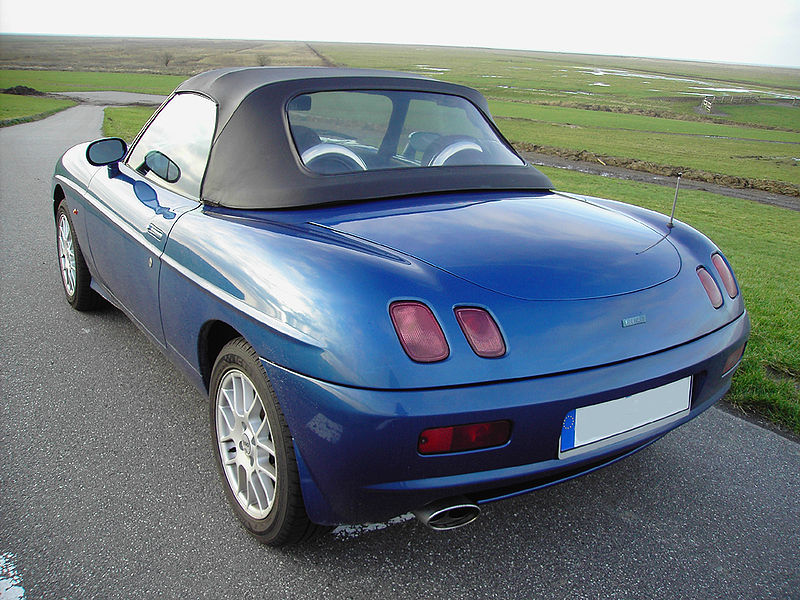
Performance (124 mph and 0-60mph in 8.6 seconds) is in line with MX-5s of similar vintage. But if that comes as a minor disappointment then the rest of the driving experience (with the exception of the rather slothful gearchange) offers ample compensation. The steering, with just 2.5 turns from lock to lock, is beautifully direct and benefits from astutely weighted power assistance. Understeer is well restrained, and though there’s some body roll the chassis inspires confidence even in challenging road conditions. That said, abruptly coming off the throttle mid-corner can cause the tail to announce its presence.
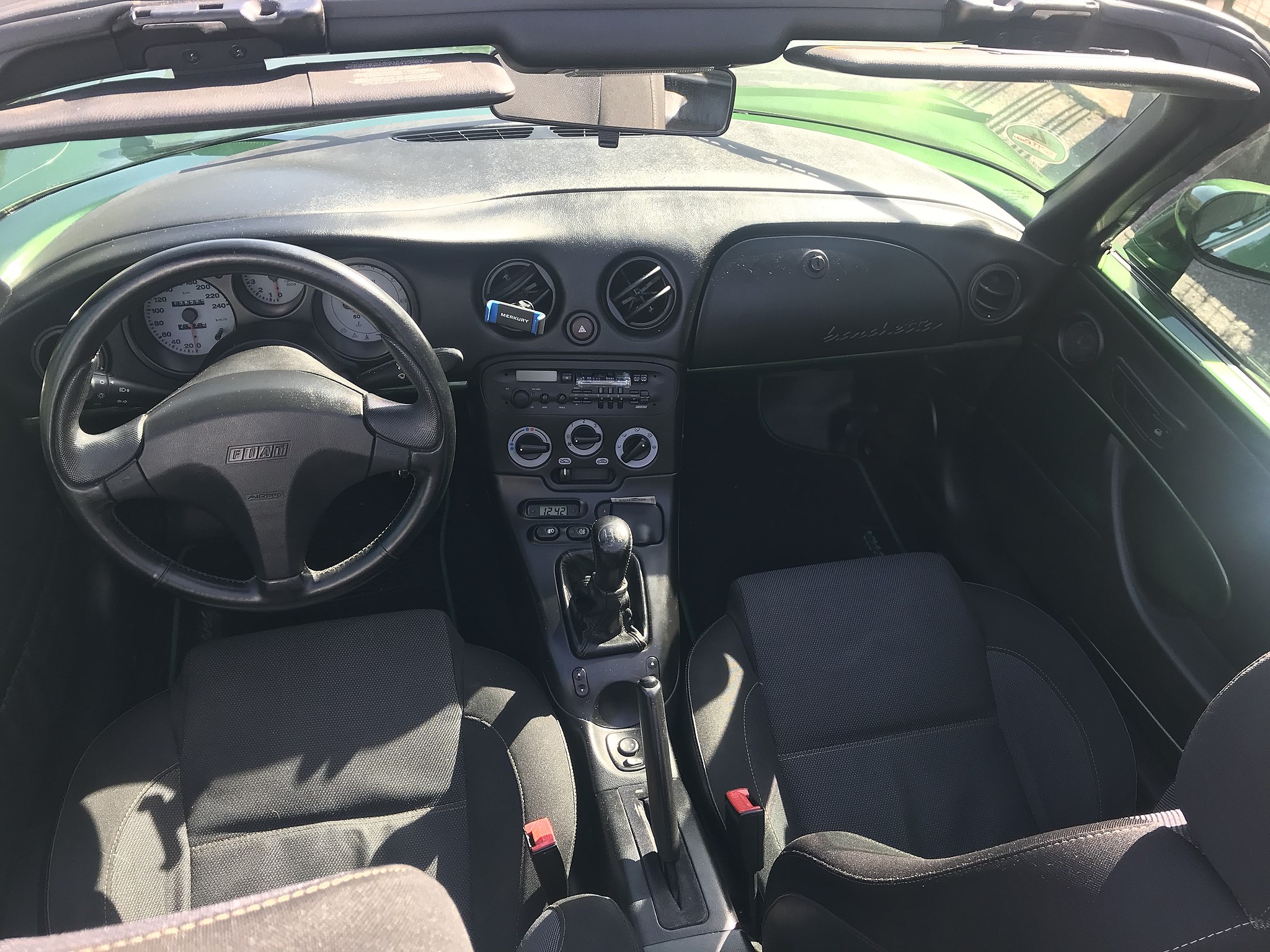
While on the subject of presence, Fiat’s official import figures for the Barchetta might lead one to think that they’re now so thin on the ground that it’d take forever and a day to find one. Fortunately, the reality is rather different. A significant number of Barchettas were privately imported to the UK back in the day, and whilst these cars don’t appear anywhere on Fiat’s import spreadsheets, they’re here all the same. And that makes finding a Barchetta a whole lot easier. Just make sure that you know what you’re buying: privately imported cars may be to a lesser specification than UK-market models.
Oh, and don’t expect to pick one up for a song – unless you’re very fortunate (or a very good negotiator) you should reckon on spending somewhere around £4500 to £5000 to land a good example.
MG F and TF (1995 to 2005)
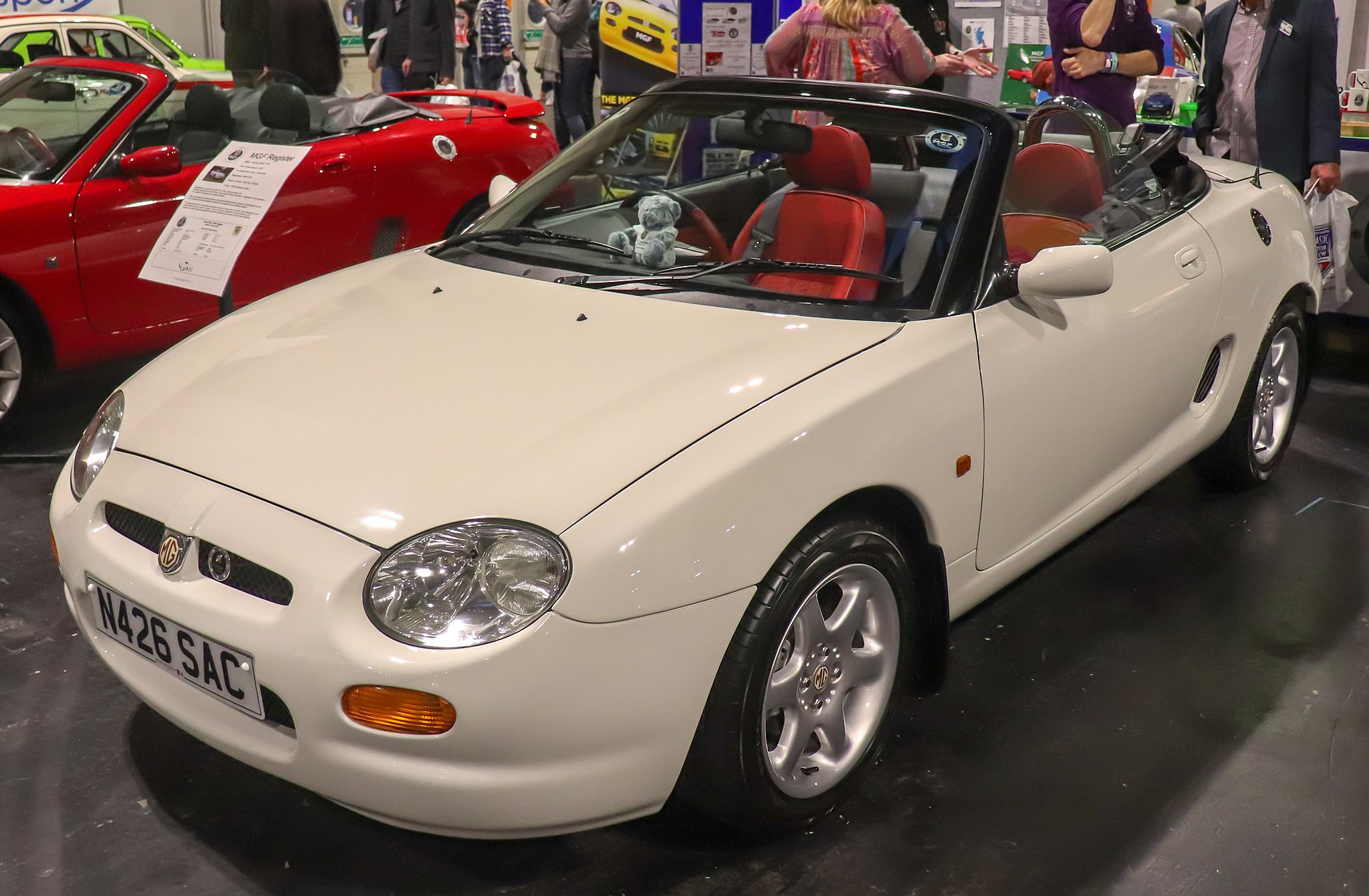
If Fiat aficionados had reason to spend much of the 80s and 90s grumbling about the absence of a new roadster, they were still fortunate in comparison to MG fans, whose beloved marque had lost its home in 1980 and thereafter largely* existed only as a label applied to a succession of badge-engineered hot hatchbacks.
But in a curious example of synchronicity, a new MG roadster, the MG F, emerged in the same year as the Barchetta. And like the little Fiat, the ‘F’ also broke new ground, being the first mid-engined production MG as well as the first roadster to use the Hydragas suspension system devised by Alex Moulton in the 1970s.
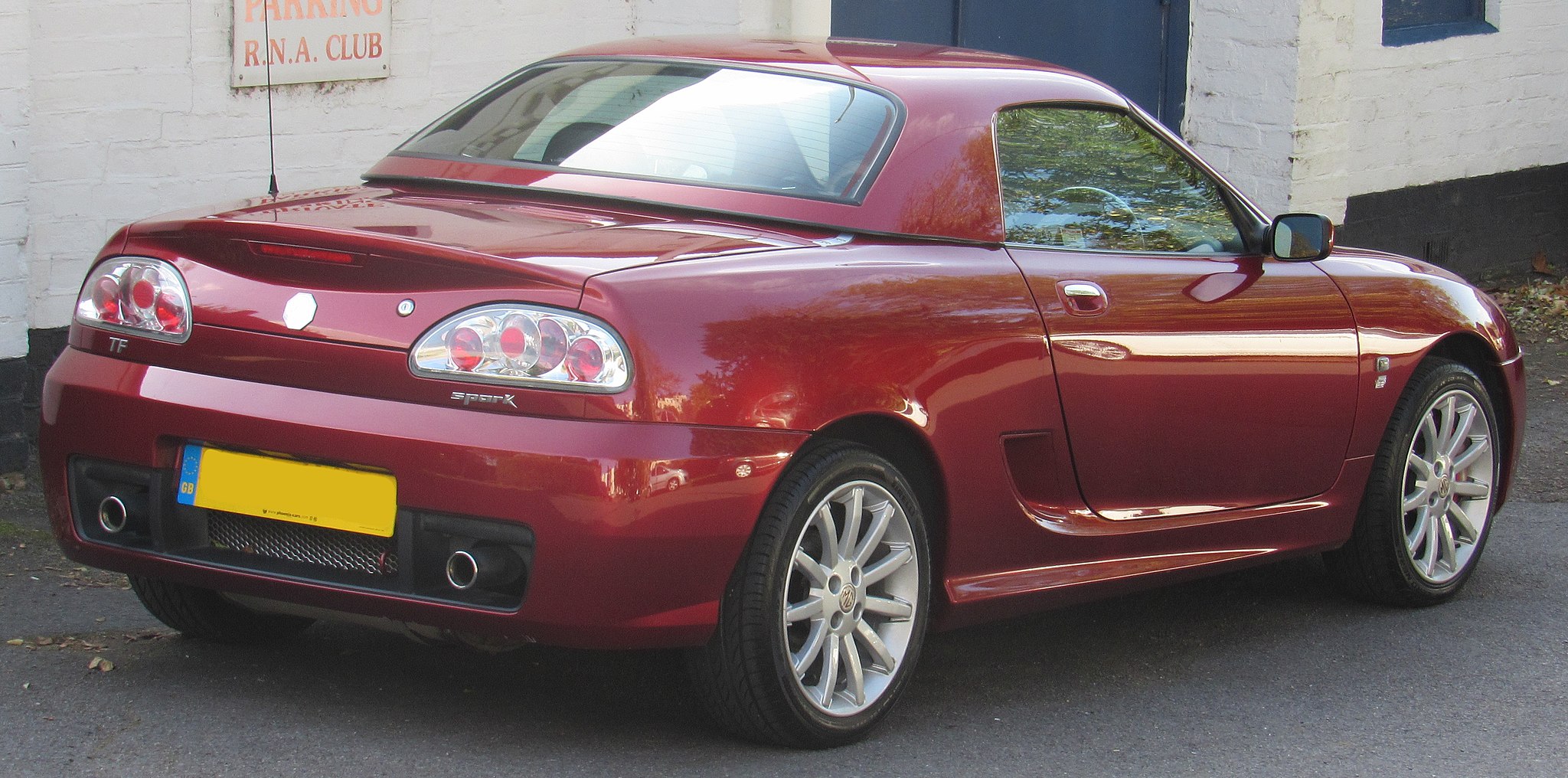
Having quickly established itself as Britain’s best-selling roadster, the F was produced until the end of 2001, when it was replaced by what amounted to a mark 2 version, the rather more masculine looking TF.
The differences between the two cars run more than skin deep, with the TF having conventional coil springs in place of Hydragas. This, together with a claimed 20% increase in torsional rigidity, means that the TF’s handling is sharper than that of its older sister, albeit at the expense of ride comfort. Suspension differences notwithstanding, both the F and TF have high levels of grip and do a fine job of avoiding the twitchiness often associated with mid-engined cars.
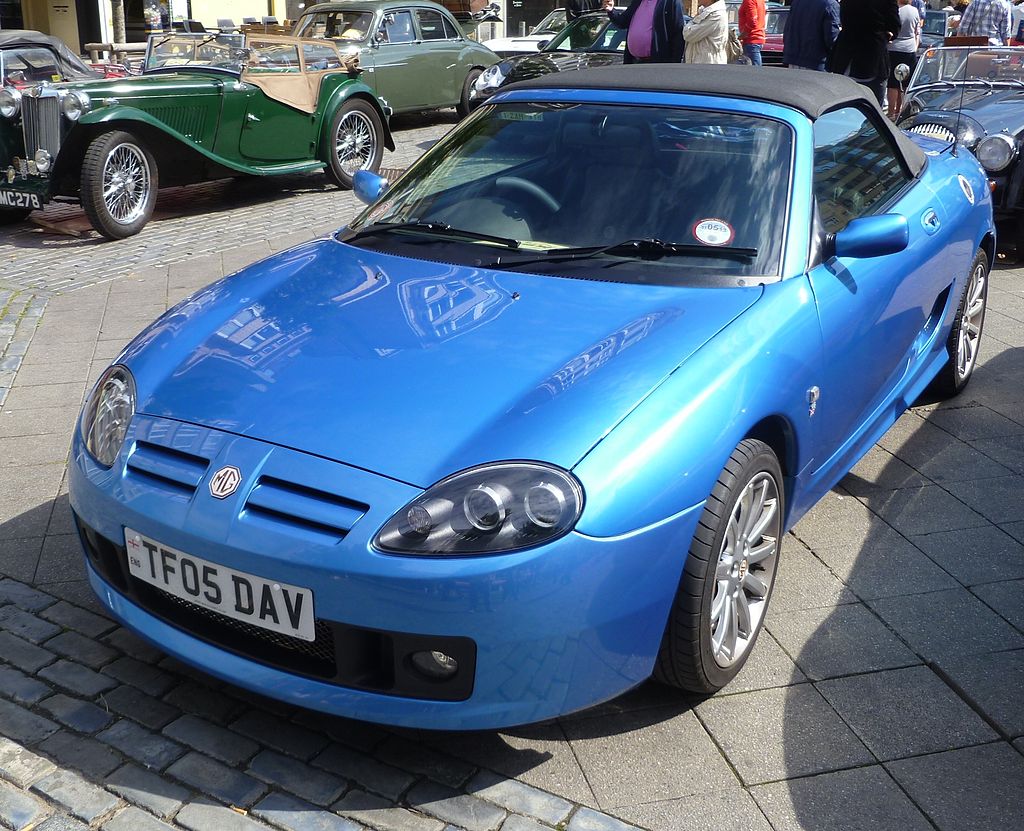
Power comes from Rover’s all-alloy K-series engine, with all Fs and most TFs utilising the 1.8-litre version of the unit. Power outputs range from 114 bhp in the 1.6 litre variant of the TF to 158 bhp in the Trophy (F) and 160 (TF) versions. Performance is good, with the 158 bhp versions of the F and TF having a top speed of close to 140 mph and the ability to reach 60 mph from a standing start in around 7.0 seconds. Fuel economy is also impressive across the range, with over 35 mpg being achievable on the open road.
Add in a comfortable, reasonably roomy cabin with a decent amount of boot space, good spares availability and relatively low running costs and the little MGs make a good case for themselves.
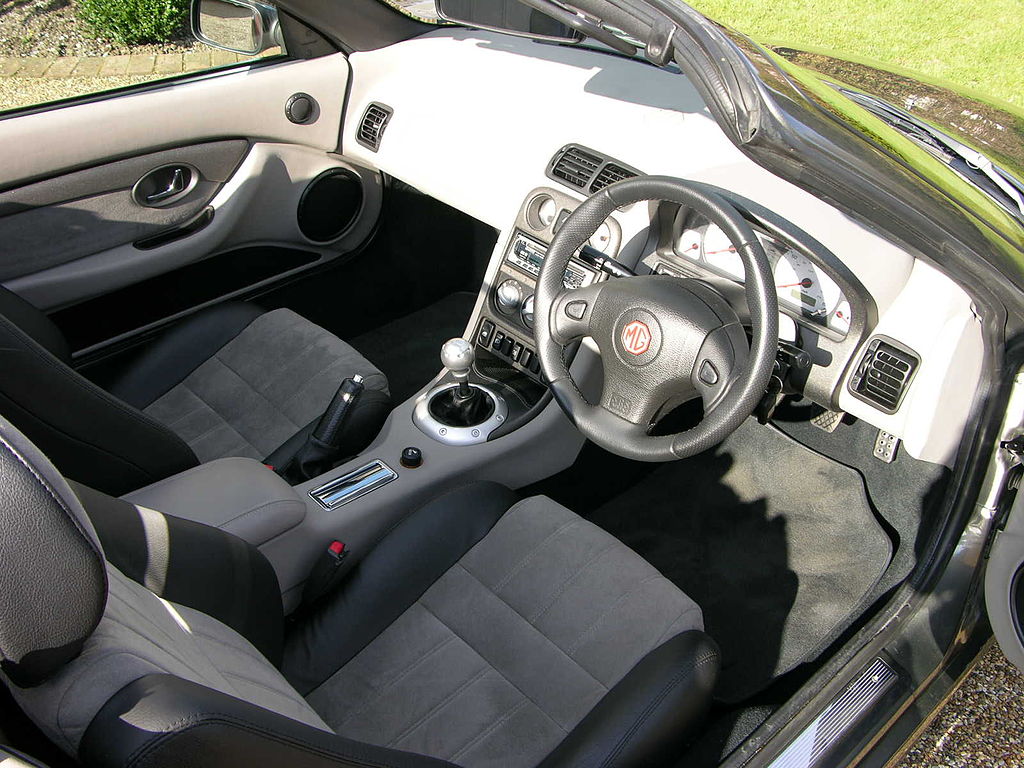
And with over 9,000 Fs and 13,000 TFs remaining on UK roads (and several thousand more on SORN), would-be buyers aren’t short of choice. As for price, £3500 should be enough to net a nice one. Just make sure that the one you choose has been fitted with a multi-layer steel head gasket and that the water pump has been changed at regular intervals – i.e. when changing the cambelt. In an ideal world, it’ll also come with stainless steel coolant pipes. If not, budget for having them fitted: spend a little, potentially save a lot.
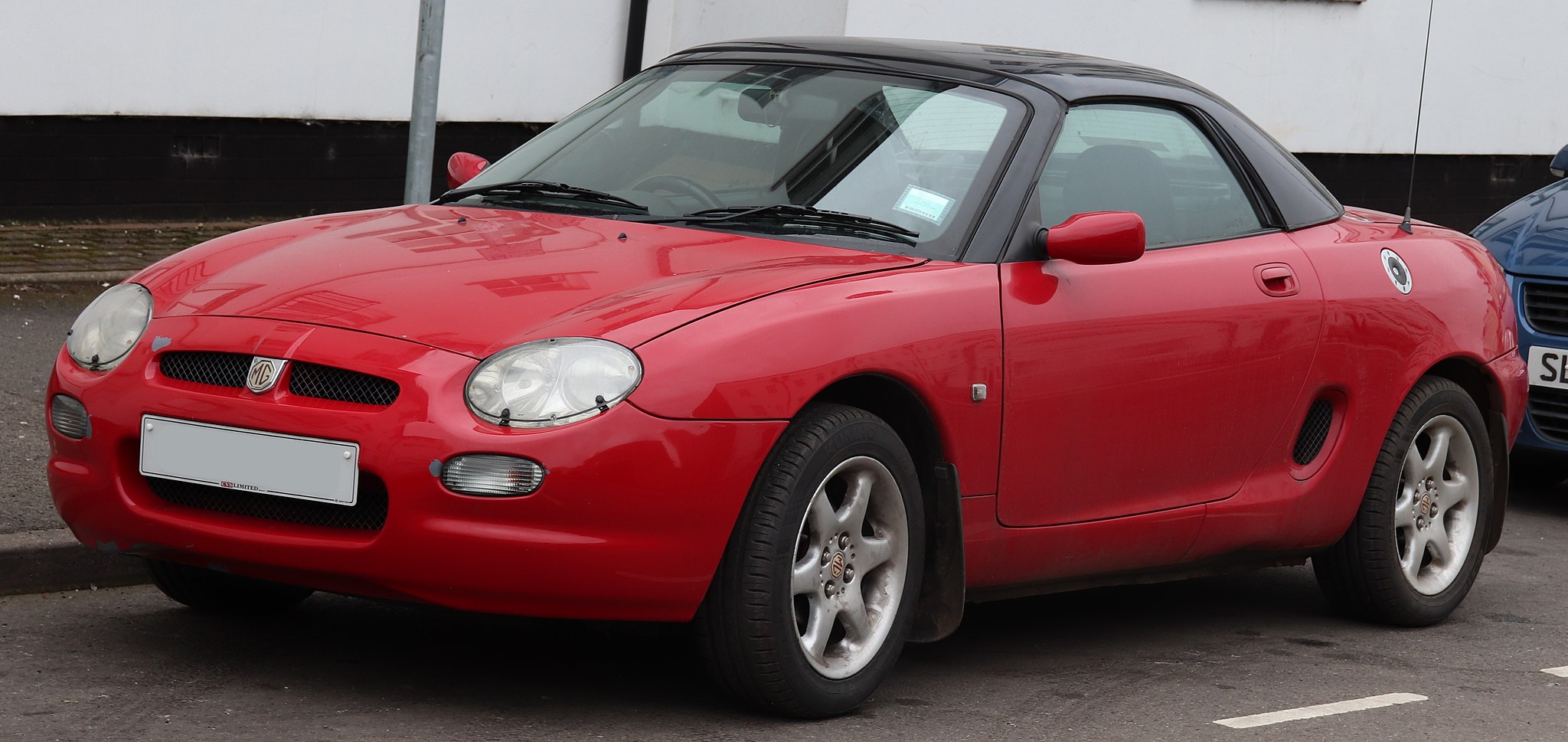
*The RV8 of 1992 was essentially an MGB V8 in a new suit.
Peugeot 205 CTI (1986 to 1994)
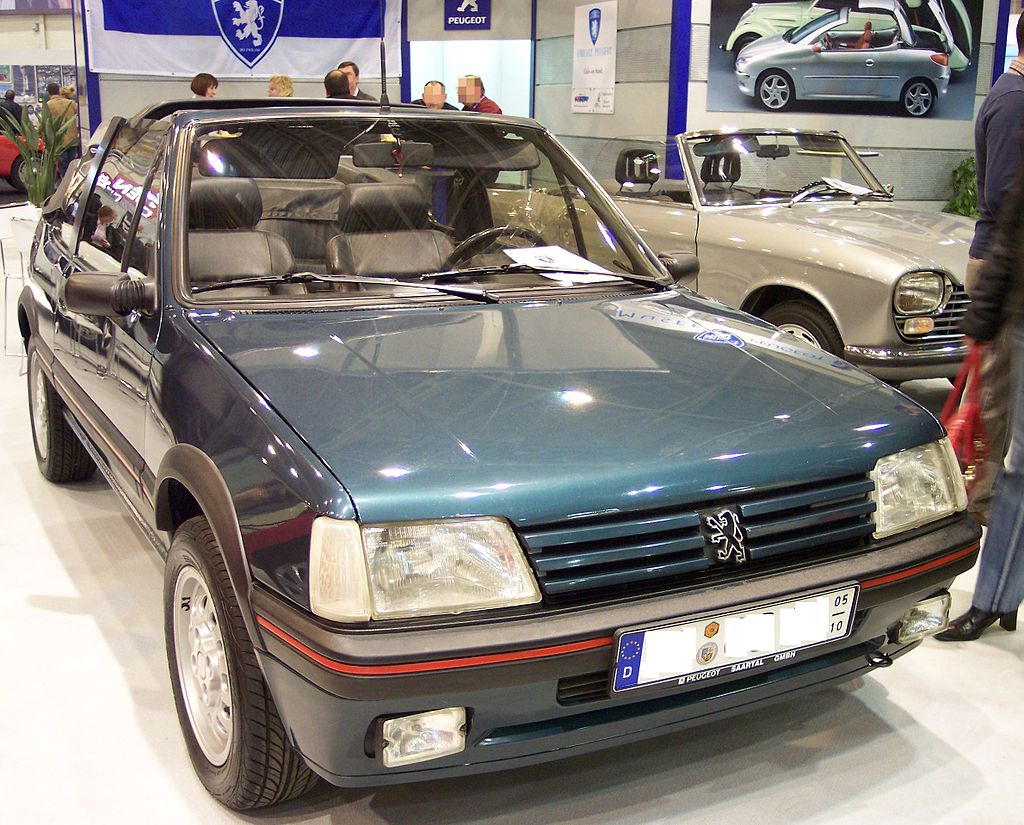
If you’re entranced by the allure of a classic convertible but need more than two seats then look no further than the Peugeot 205 CTI.
Launched in 1986, the 205 CTI was Peugeot’s attempt to offer the magic of its 205 GTI in a convertible bodyshell. To this end, the CTI packed the same fuel-injected engines as the GTI, with the 1.6-litre unit being available at launch and a 1.9-litre version following later.
Their engines may be identical but there are many differences between the CTI and GTI, not all of which are immediately obvious. For instance, in a bid to combat scuttle shake the CTI’s suspension is rather softer than that of the GTI. It is, however, possible to retrofit GTI suspension to a CTI.
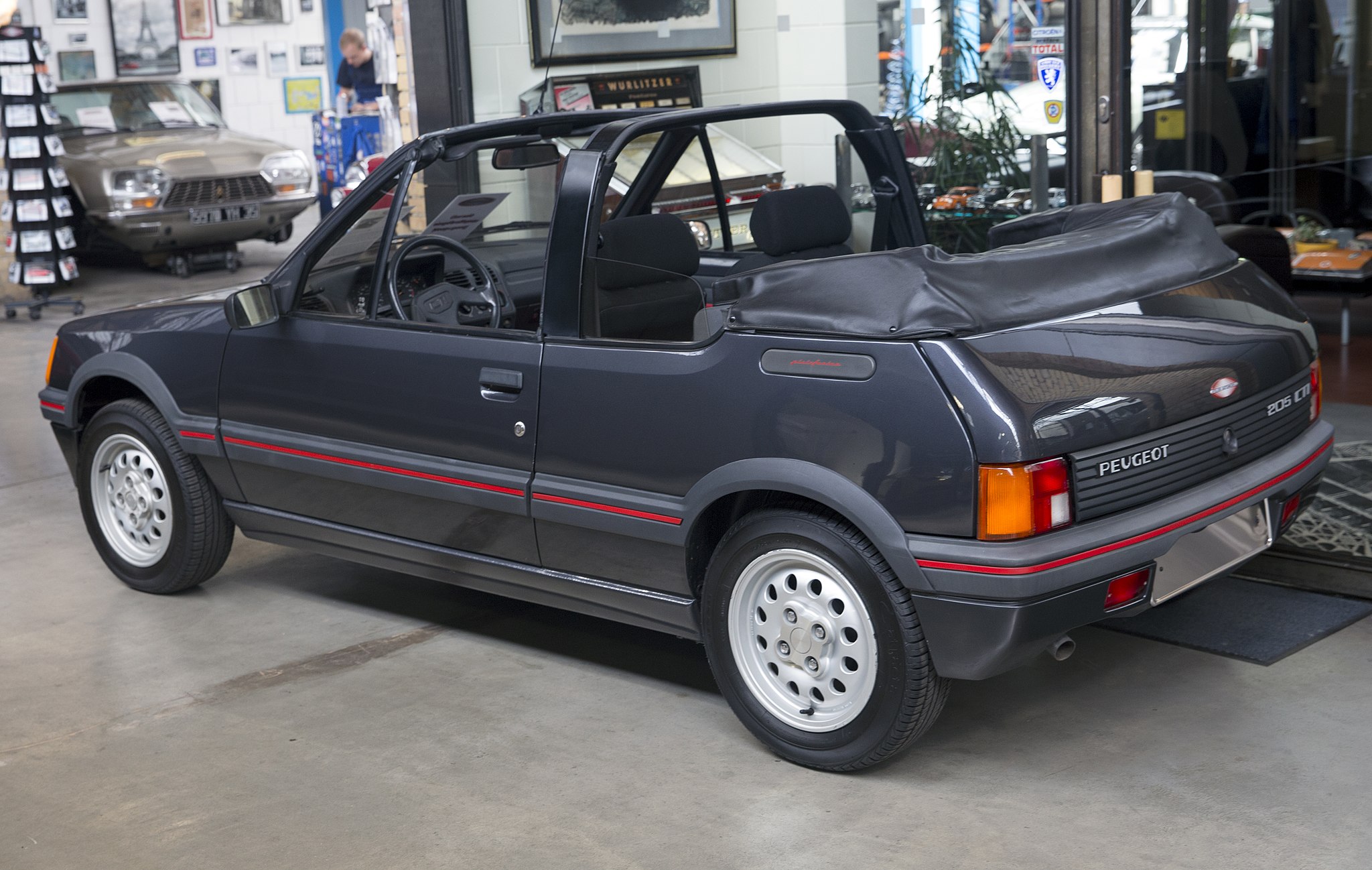
The CTI also features a beefed up floorpan, sills and windscreen surround in order to compensate for some of the rigidity lost by the removal of the roof. In addition, the B pillar doubles as a roll-over bar, the windows are frameless and quarterlights are fitted in order to act as guides for the front windows. These changes come at a price, however, with the result being that the 1.6-litre version of the CTI weighs 85kg more than the corresponding GTI.
Given its extra weight and inferior aerodynamics (even with the roof up), it’s no surprise that the CTI fails to match the performance of its fixed-head sibling, the 1.6 version being 6 mph slower (114 mph plays 120) and 1.1. seconds slower to 60 mph (taking 9.3 seconds as against 8.2) than the corresponding GTI.
Much the same can be said of its handling which, though good when viewed in isolation, lacks the incisive edge of the GTI. Grip levels are good, but there’s more understeer and body roll than its hatchback sister, and shuttle shake can rear its head on uneven surfaces. On the plus side, the steering is excellent, the gearchange superb and the brakes highly effective.
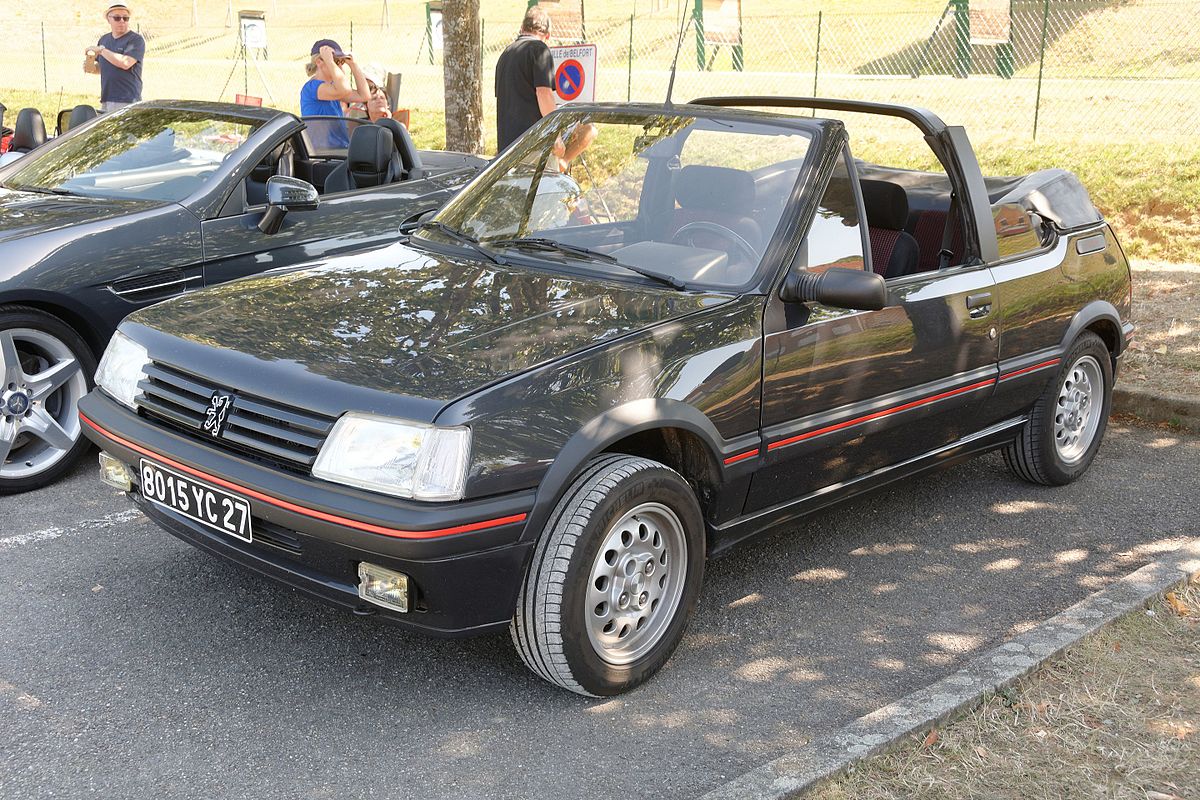
Moving inside, the seats and dash are lifted straight from the GTI, which adds to the CTI’s sporty feel. The hood (manually powered on most examples) is quick and easy to fold and erect, the quarterlights do a good job of preventing buffeting with the roof down and there’s room for four adults.
Did we mention how good it looks? Thanks to Pininfarina’s wizardry, it somehow achieves the hitherto unprecedented feat of managing to appear even more stylish than The Rat Pack on a night out. And it looks just as special with the roof up.
There are those who say that you can’t buy style, but we rather suspect they’re unaware that a decent CTI can, with a little haggling, be picked up for £5000. We’d hate to burst their bubble so we won’t tell them if you don’t…
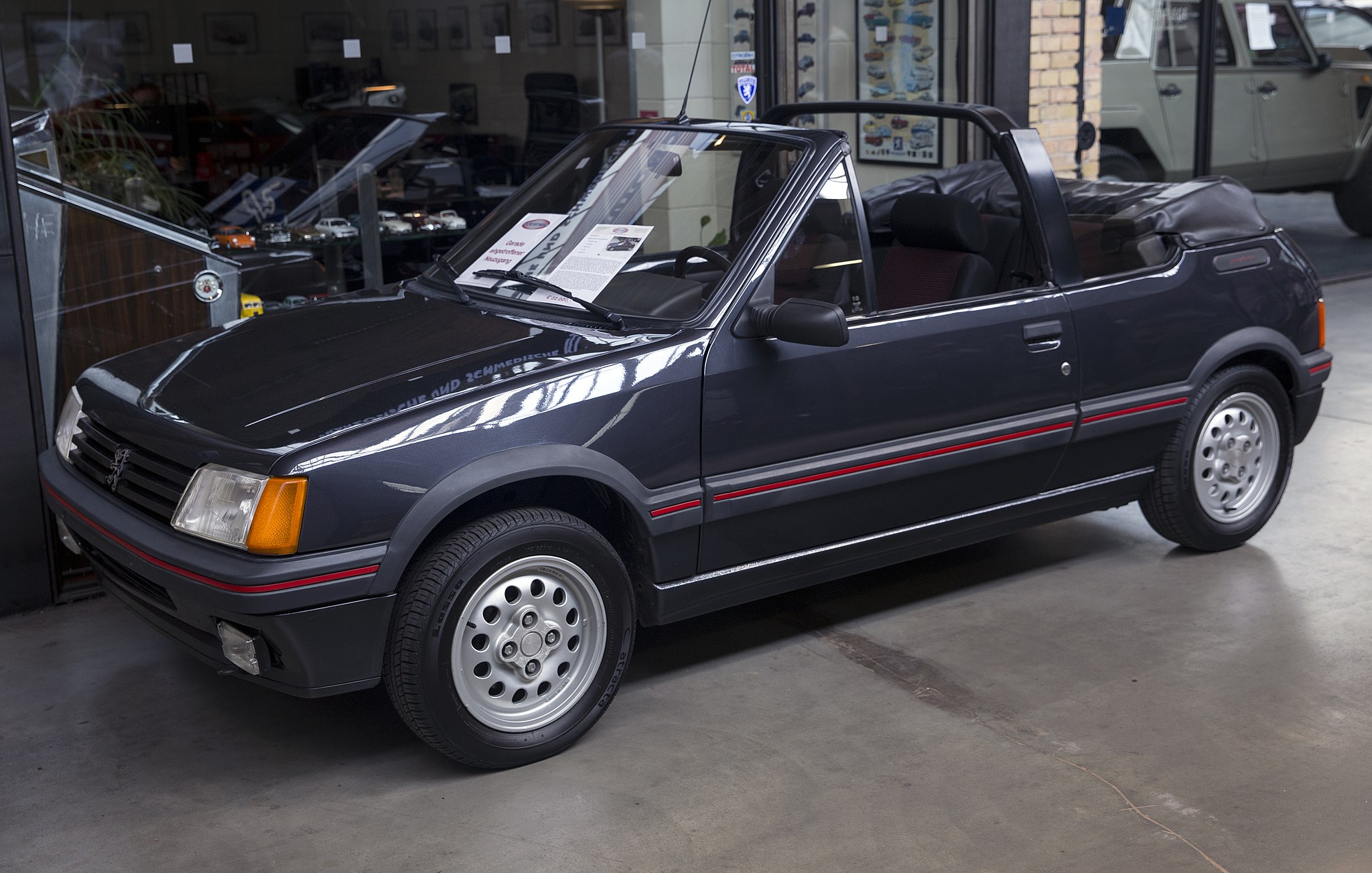
Photos:
TVR 350i
350i roof closed: nakhon100; red 350i: Martin Pettit; Yellow 350i on track: Jeremy Parr; 350i Zandvoort: Alf van Beem
Fiat Barchetta
Blue S1 Barchetta rear ¾: Muenki; Black S1 Barchetta rear ¾: Stahlkocher; Barchetta engine bay: Tennen-Gas; Barchetta interior: Endeavour 88; Blue S2 Barchetta: M 93; Black S2 Barchetta front 3/4: Author’s own
MG
MG TF interior: The Car Spy; Red MG F with hard top: Vauxford; White MG F: Vauxford; Blue MG TF: JoJan; Burgundy TF hard top: Vauxford
205
205 CTI rear 3/4: Mr. Choppers; Grey 205 CTI: Mr. Choppers, Black 205 CTI: Thomas Bresson; Blue 205 CTI: Stahlkocher
CLICK TO ENLARGE










